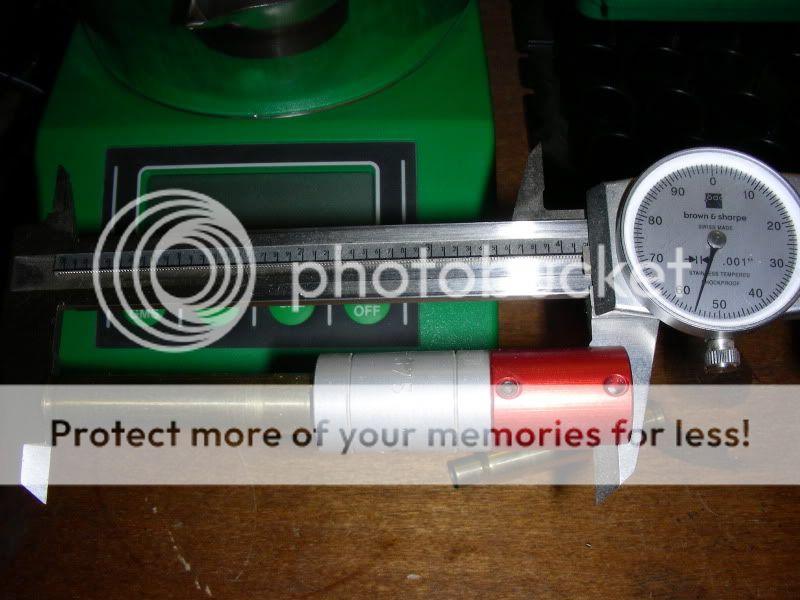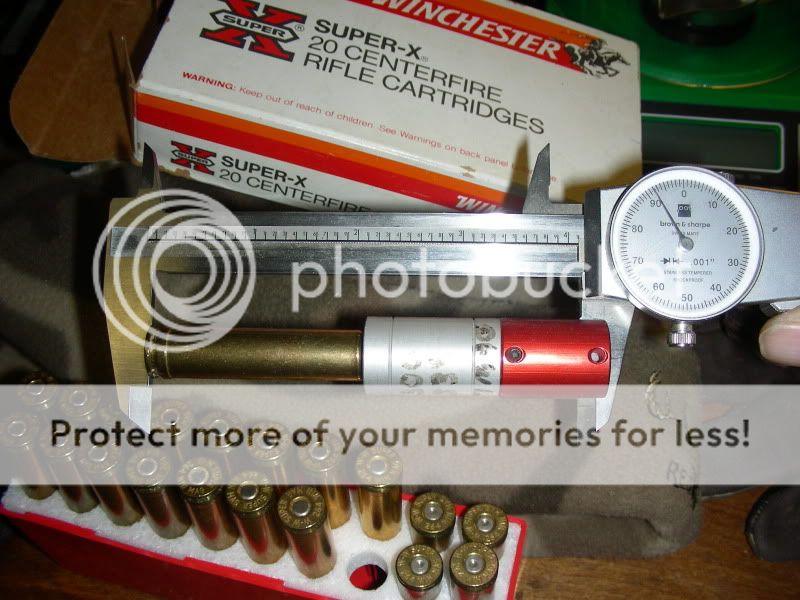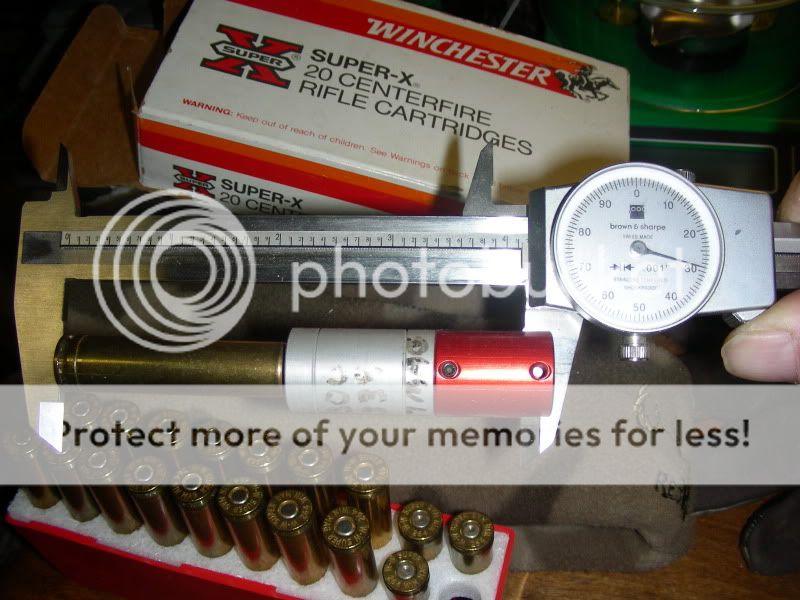boomtube
Well-Known Member
Any fired bottle neck case has expanded to fit the chamber in both diameter and length (to the shoulder) and shrunk back at least a thou in every dimension. Thus, there is no value in pushing shoulders back passed the fired location.
Control of shoulder length must be measured after firing and after resizing of course. That requires a precise gage of some kind; the RCBS Precision Case Mic, the Innovative Technologies rig or a Hornady/Sinclair tool that mounts on a precision caliper.
Fact is, real world permanant expansion and reduction of brass cases just isn't as precise as some seem to think possible. Small varitions of the alloy within individual cases and the amount of work hardening each case has experienced will typically cause shoulder length variations of as much as 3 thou, occasionally as much as 5 thou. When I read of people claiming to set shoulders back exactly .001", etc, I cringe because it simply isn't possible to be that precise.
Don't try to average those lengths to establish a target. The only practical way we can deal with that variation is to FL size our cases so the longest resized shoulders match the longest fired shoulders and let the shorter cases fall where they may.
Control of shoulder length must be measured after firing and after resizing of course. That requires a precise gage of some kind; the RCBS Precision Case Mic, the Innovative Technologies rig or a Hornady/Sinclair tool that mounts on a precision caliper.
Fact is, real world permanant expansion and reduction of brass cases just isn't as precise as some seem to think possible. Small varitions of the alloy within individual cases and the amount of work hardening each case has experienced will typically cause shoulder length variations of as much as 3 thou, occasionally as much as 5 thou. When I read of people claiming to set shoulders back exactly .001", etc, I cringe because it simply isn't possible to be that precise.
Don't try to average those lengths to establish a target. The only practical way we can deal with that variation is to FL size our cases so the longest resized shoulders match the longest fired shoulders and let the shorter cases fall where they may.



